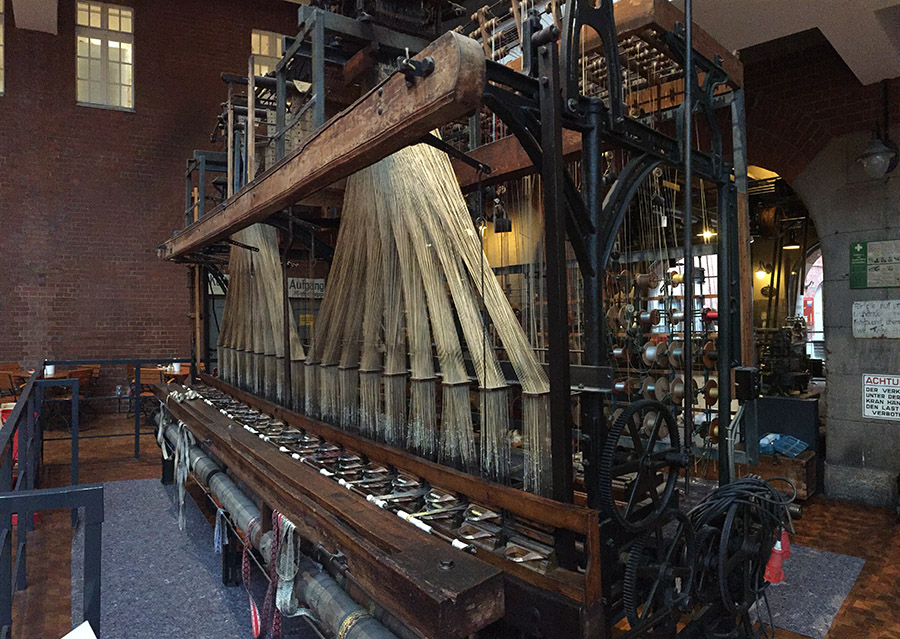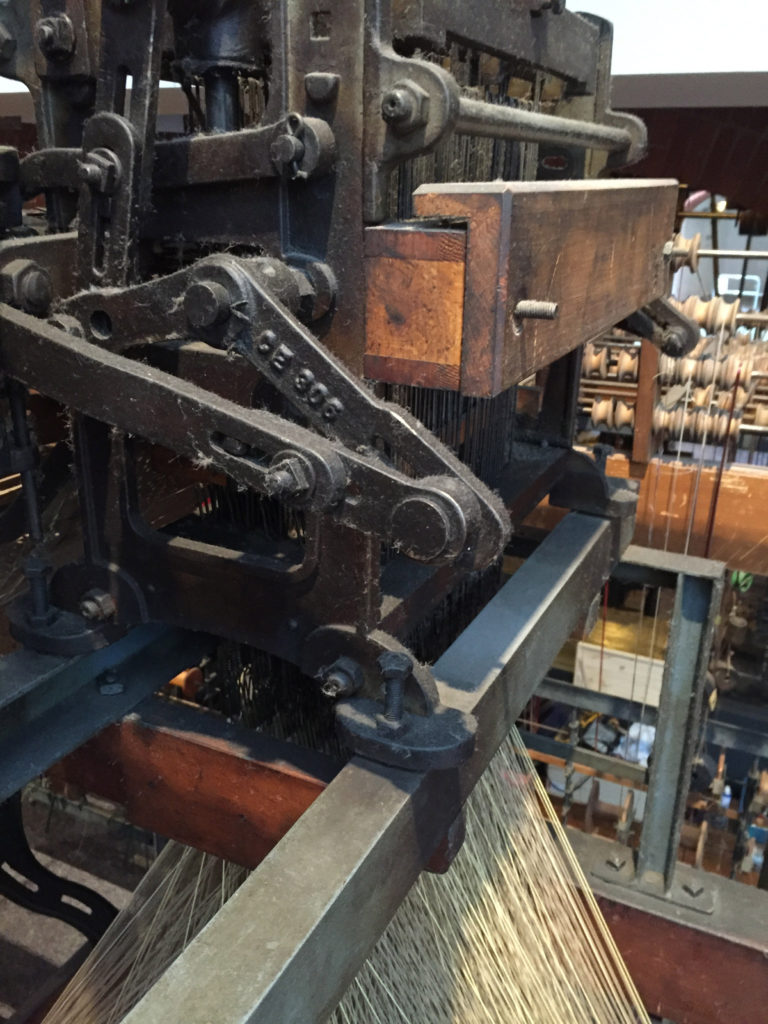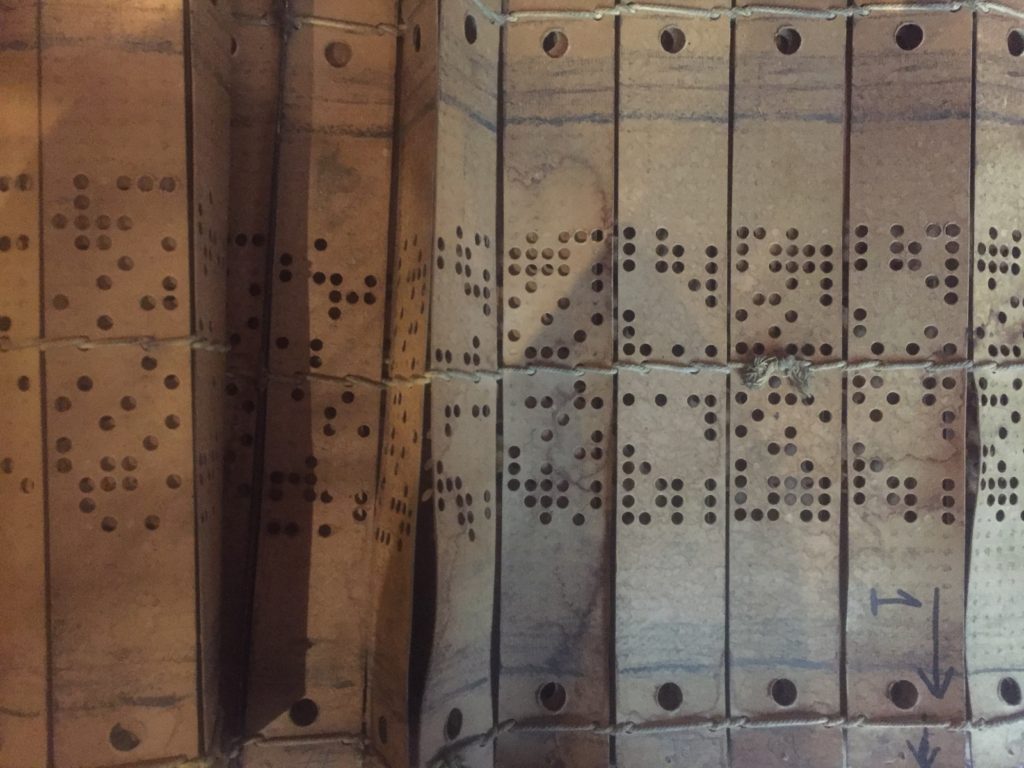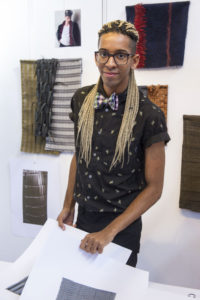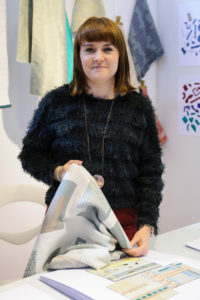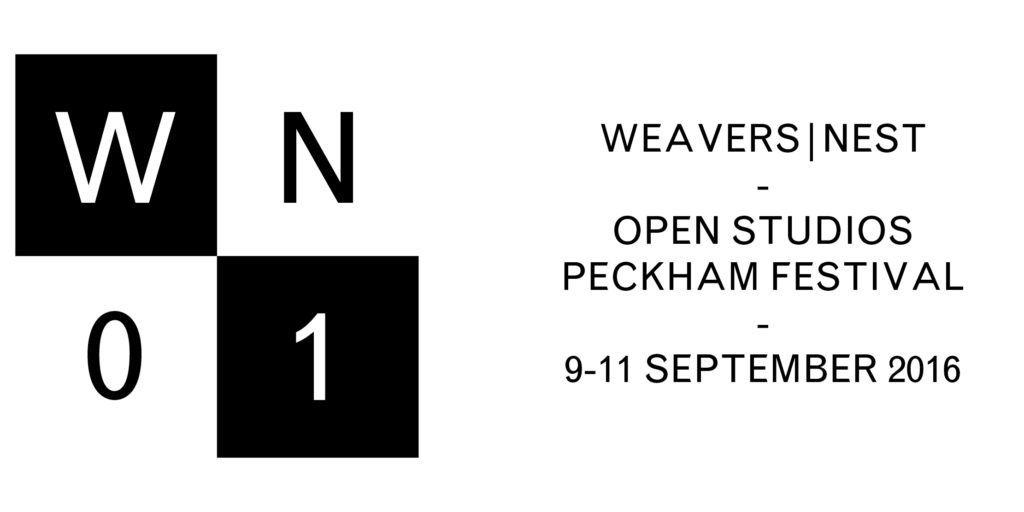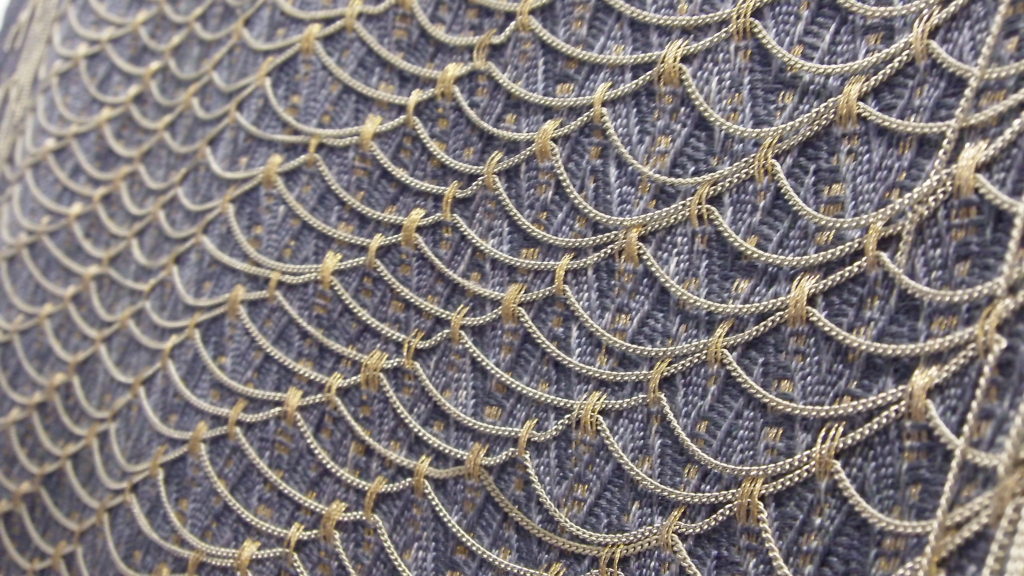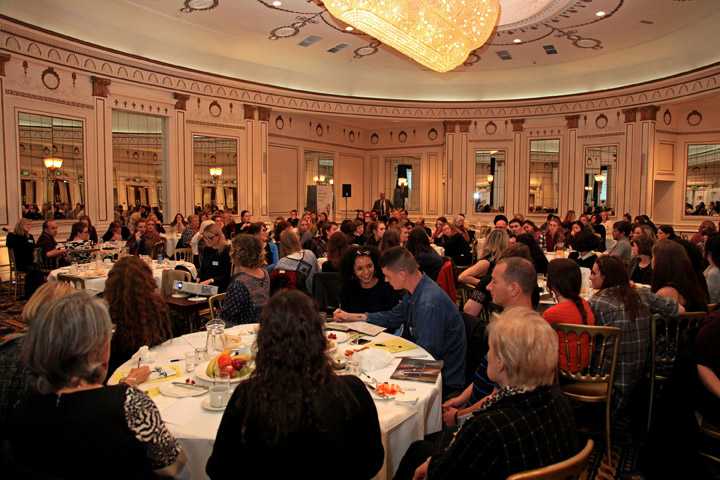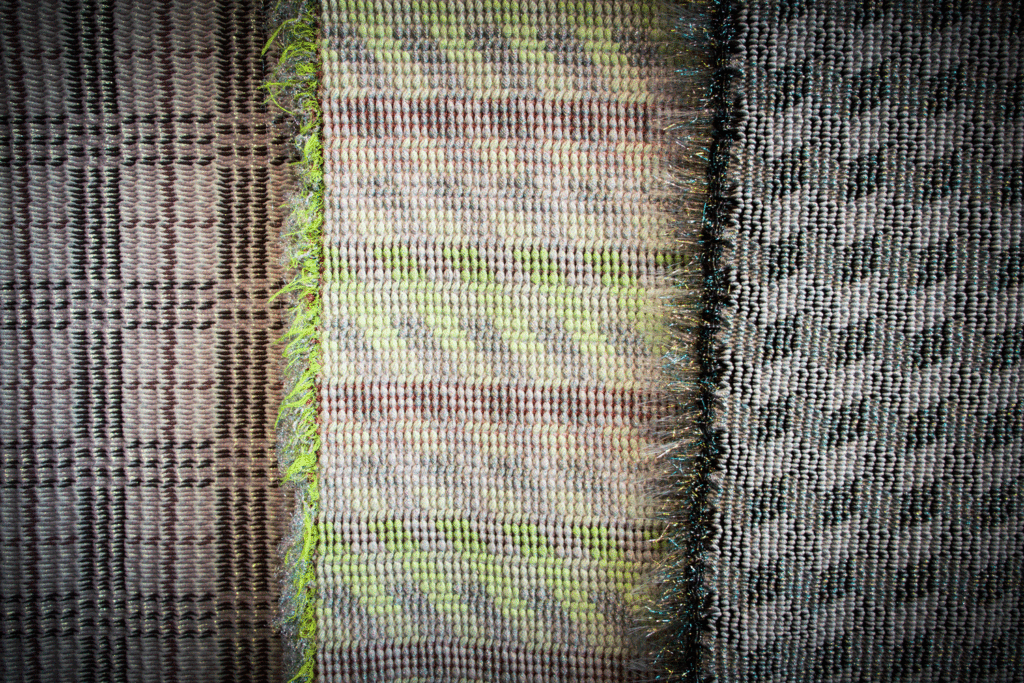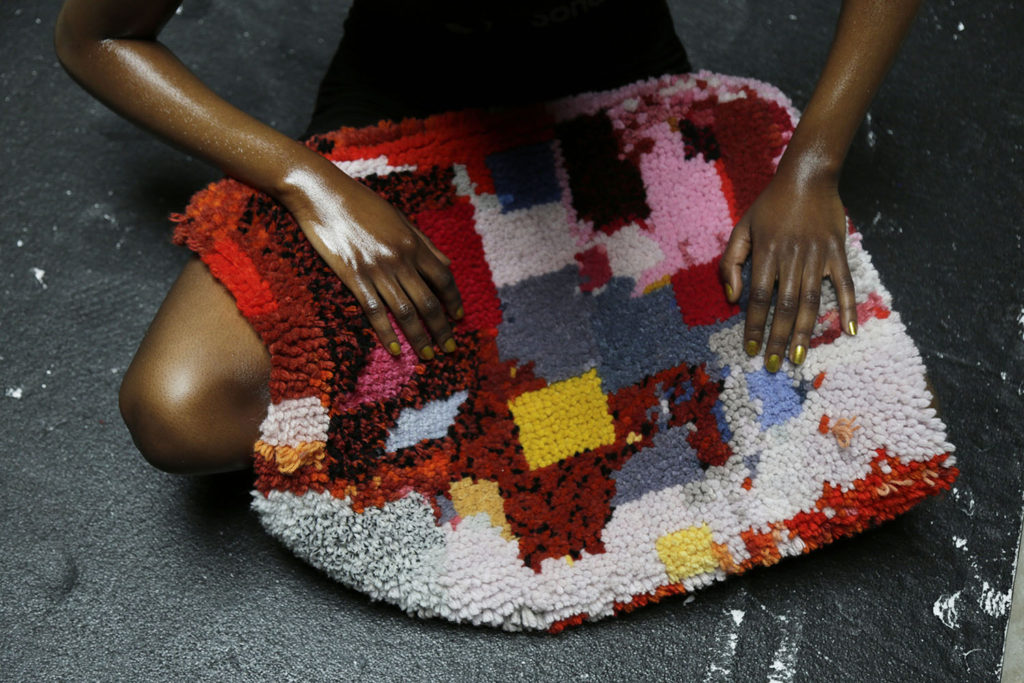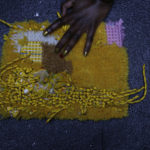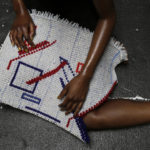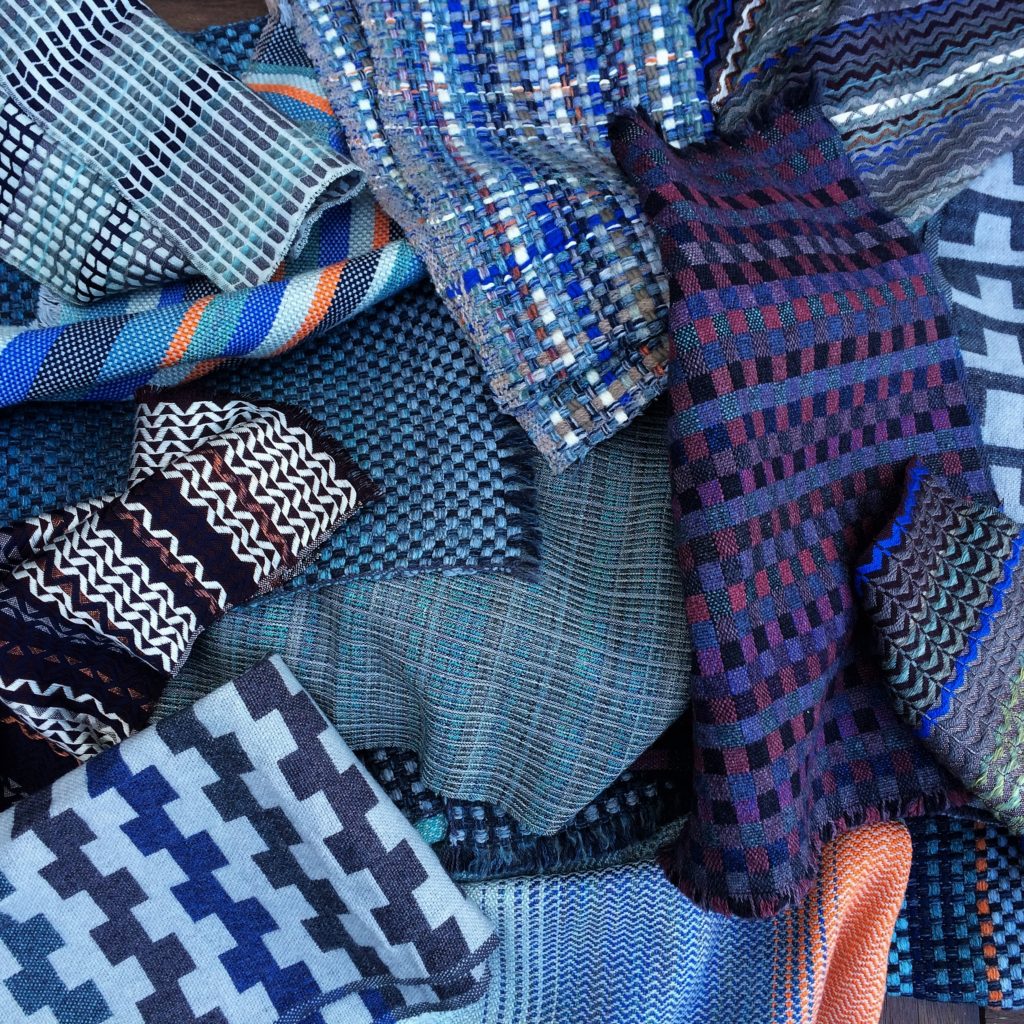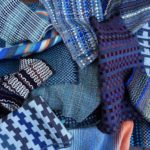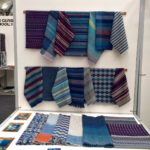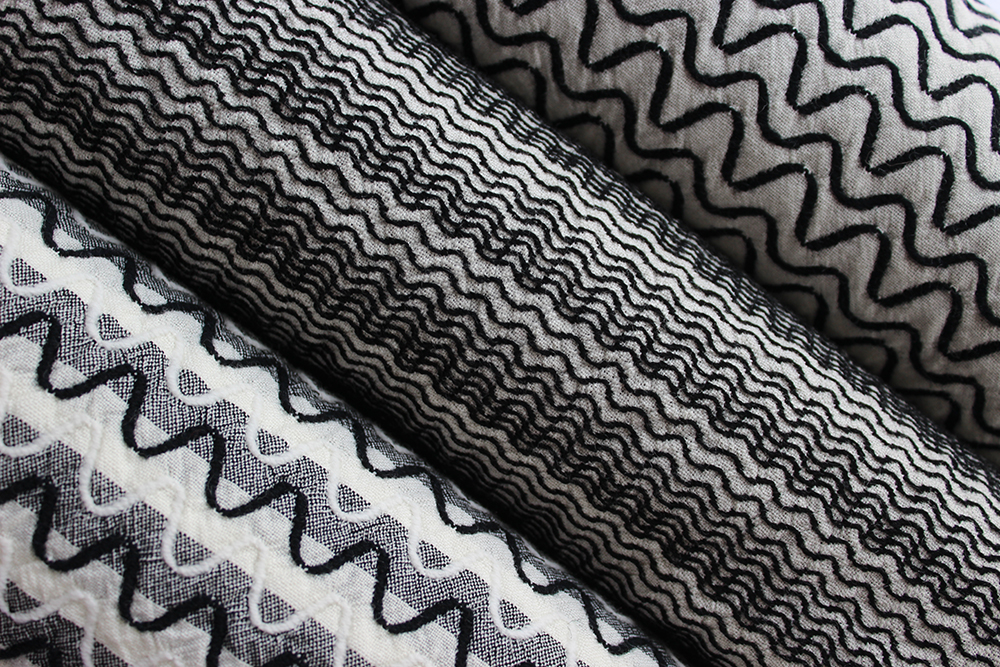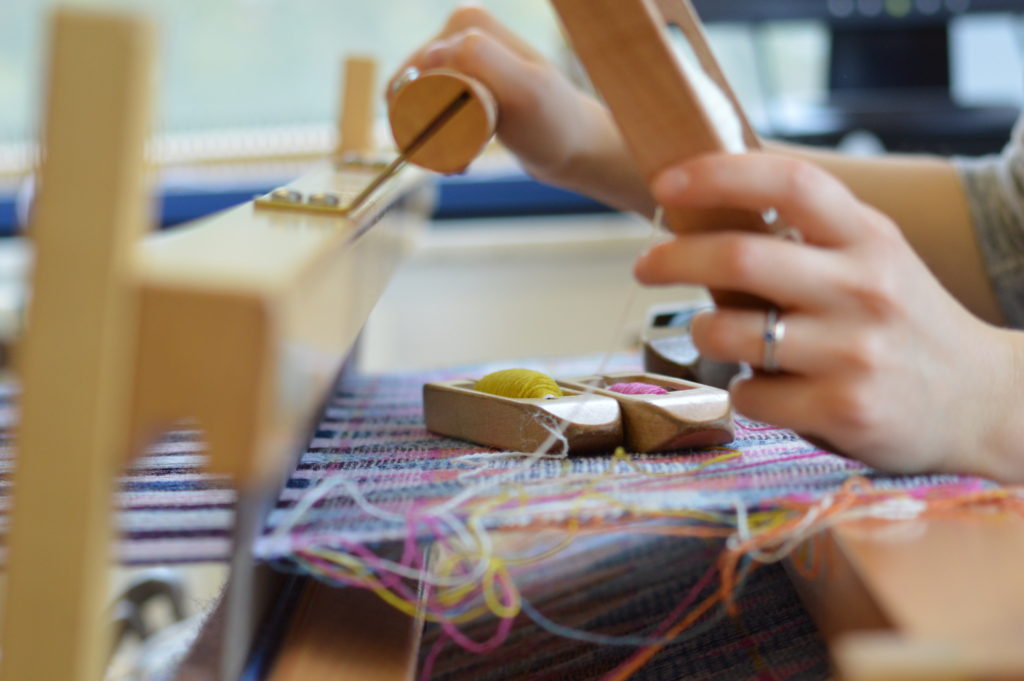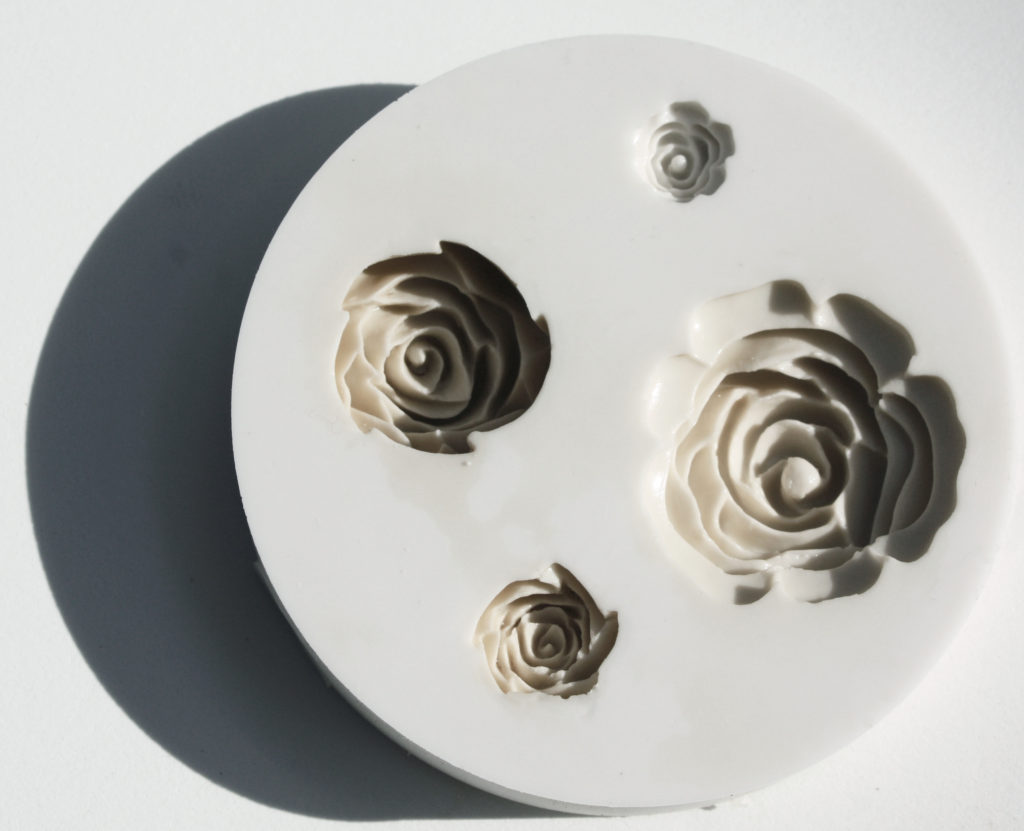 The Textile Society Conference
The Textile Society Conference
Textile Futures: Technology, Materials and Preservation
Date: Saturday 5th November, Wellcome Trust, 215 Euston Road, London.
This conference will examine recent advances in textile design, materials and technology, considering emerging ideas and approaches that may change the way we design, make, use and preserve textiles in the future.
The conference begins at 11.15am and finishes at 5.15pm. Lunch and refreshments are included.
The keynote speaker is Janis Jefferies, Professor of Visual Arts and Research at Goldsmiths, University of London. Janis will be speaking on her research that examines the relationship between culture and technology, including wearable devices as ‘intelligent textiles’.
Dr Kate Lloyd from the industry organisation ‘Textile Intelligence’, will be speaking on thermochromics and advances in textile print technology, and Dr Celina Jones from the University of Manchester, will be discussing her research on textile printing and sustainability, looking at low impact techniques, reducing the use of colorants, and new ways of distressing denim.
They will also be joined by Anne French, Textile Conservator and Collections Care Manager at the Whitworth Art Gallery, speaking on the challenges of conserving increasingly complex textile materials for the future, and Professor Carole Collet from Central Saint Martins, speaking about her work with the design & living systems lab, biotextiles and the advantages of biological tools for a more sustainable textile future.

